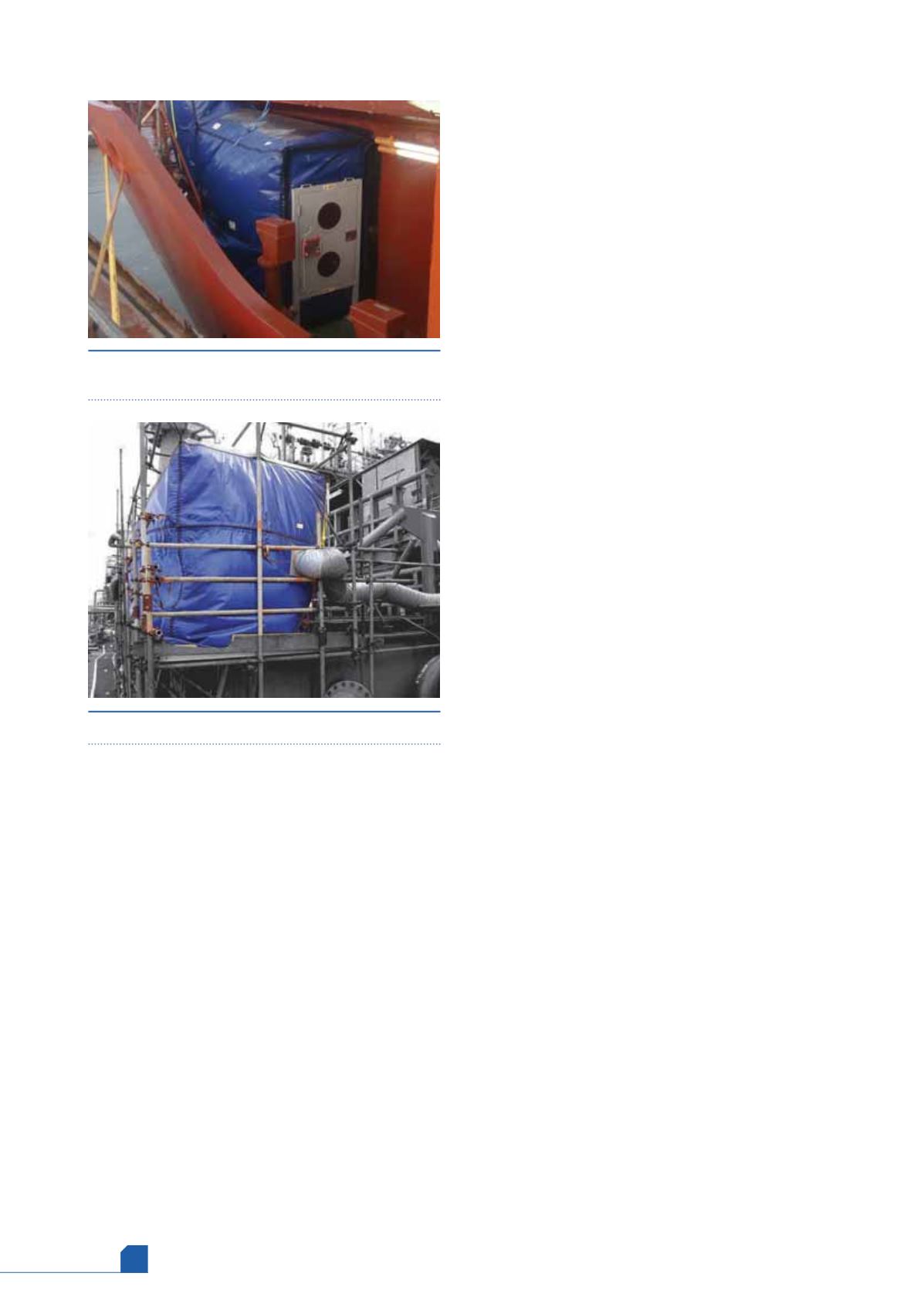
March
2017
HYDROCARBON
ENGINEERING
108
How are governments tackling safety?
Governments work with operators and contractors to
ensure the industry remains as safe as possible. Regulations
are frequently updated and industry stakeholders in the UK
and abroad collaborate to ensure the requirements set out
by the Health and Safety Executive are met. Early in 2016,
the UK government pledged £20 million to innovation in
the north east of Scotland. Amongst other things, this
investment is evidence of a commitment to develop skills
and technology within the oil and gas industry that
augment the existing safety framework. Innovate UK also
launched an Energy Game Changer initiative, which made
£1.5 million available to innovators outside the energy
sector. This is to encourage the development of radical
thinking and new technologies to help resolve and monitor
health and safety challenges facing the industry.
Outside the UK, other oil and gas economies have set
safety high on the agenda. For instance, the Saudi Ministry
of Labour (MOL) conducted 142 600 site inspections from
2015 to 2016, maintaining a strict process of fining based on
violations. This helps to improve health and safety
practices, not only in oil and gas but also throughout the
wider economy. The Saudi government is also encouraging
foreign health and safety specialists to showcase products
that enhance safety at various local events for the eventual
implementation in the country, However, not all safety
enhancement is led by government or regulation,
particularly where safety benefits also drive economic,
productivity and efficiency gains.
In the US, there are over 6000 independent companies
working to find and deliver oil and gas, more than any
other country in the world. Market forces serve to spark
innovation, as companies fight for the competitive edge.
The market participants that focus on health and safety as
a differentiator drive messages across the sector, informing
the industry of the benefits of putting safety first and
innovating to gain market share.
What innovative solutions can help?
During an uncertain time in the oil and gas industry, the
additional cost and resources needed to address
regulations means it is becoming harder for health and
safety requirements to be met. Cost cutting may
inadvertently encourage companies to cut corners. So, at
what point does the balance sheet come at the expense of
welfare and safety? Health and safety innovations can assist
in helping organisations meet regulations in a cost efficient
way. However, changing attitudes towards investing in
innovation as a long-term cost saving measure, rather than
a short-term expense, remains challenging.
New innovations are being introduced to the industry
almost daily, from drones being used as an early detection
system to carry out live asset inspections and assess any
maintenance requirements, to using wearable technology
to keep track of personnel in the field, to the use of apps
to maximise all areas of safety and monitoring. Cross
industry knowledge sharing is vital to ensure continued
success in using technological innovations to improve
safety. In addition to the safety benefits of new innovation,
there are also considerable monetary and operational
efficiencies that can be achieved.
Deploying innovation
Ageing assets are a major source of concern when it comes
to health and safety. Current industry pressures have the
potential to lead to delay of required maintenance works,
which can have adverse effects on health and safety.
However, investing in innovative solutions can lead to
improvements in health and safety, improved productivity
and can have a positive impact on economic output.
One solution to conducting hot work in zoned areas
offered to the oil and gas industry is the Safehouse habitat.
The habitat is a modular, flexible enclosure, which is over
pressurised to approximately 50 Pa to ensure that there is no
ingress of hazardous gases to where the hot work is being
conducted. Air is drawn into the habitat from a safe area via a
fan, which ensures a minimum of five air changes per hour to
create a safe and comfortable atmosphere for those working
within the habitat. The company's gas sensing module (GSM)
detects 10% lower explosive limit (LEL) of methane as well as
all other hydrocarbons and noxious gases. The toxic alarm will
be activated at 5 ppm for H
2
S, as per the EH40/2005 work
place exposure limits regulation. When a welding control
module (WCM) is introduced as part of the system, the alarm
Figure 1.
Habitat on-board LPG tanker to allow
emergency repairs.
Figure 2.
Habitat in-situ offshore.








